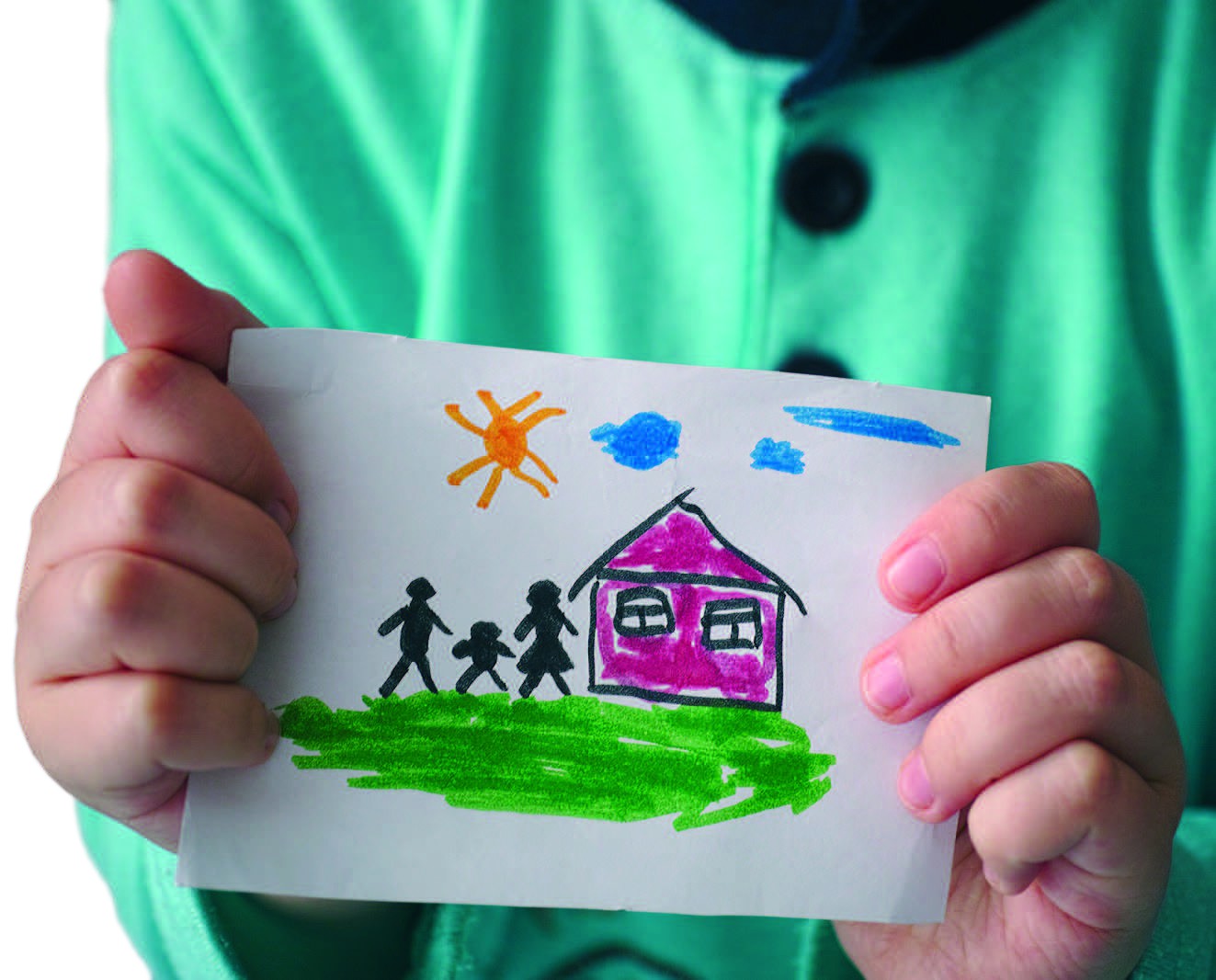
Since Bowlby’s research, the effect of disruption of attachments is now well understood in psychology. Less is known about how children portray these experiences through their drawings.
Judy Dunn (2002) and her colleagues at the institute of psychiatry, Kings College London, were interested in whether the degree of biological relatedness of children to their parents may influence how they see their own family unit in comparison with other families who may be more or less intact. They investigated family drawings of 180 children aged between 5 and 7 in a variety of family settings, including stepfather, single-parent, complex stepfamilies and two-parent biological families (control group).
Your organisation does not have access to this article.
Sign up today to give your students the edge they need to achieve their best grades with subject expertise
Subscribe



